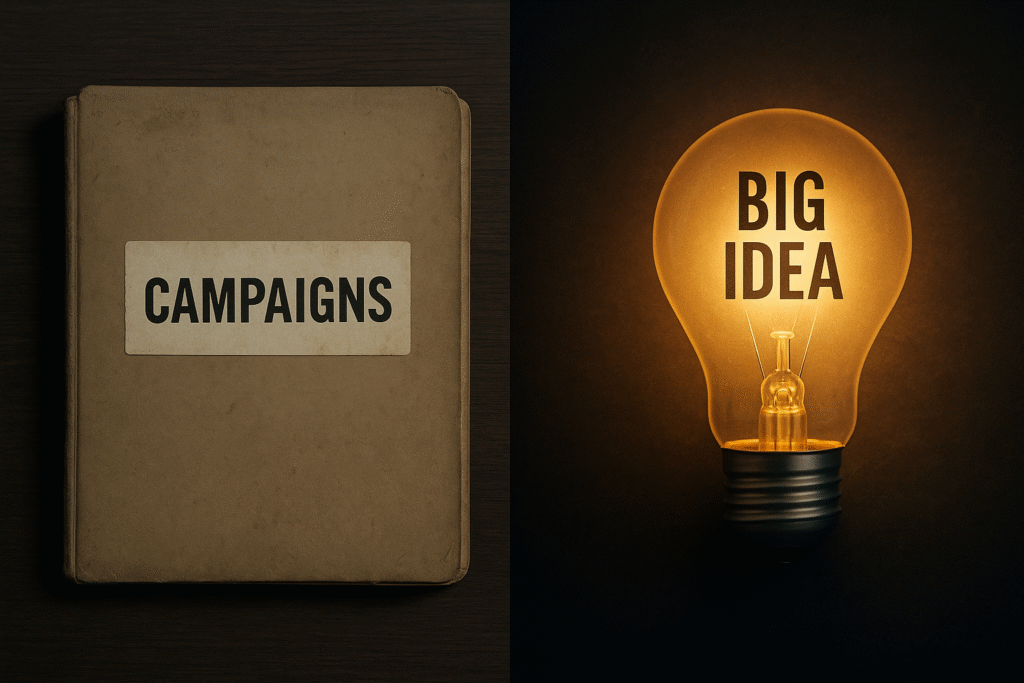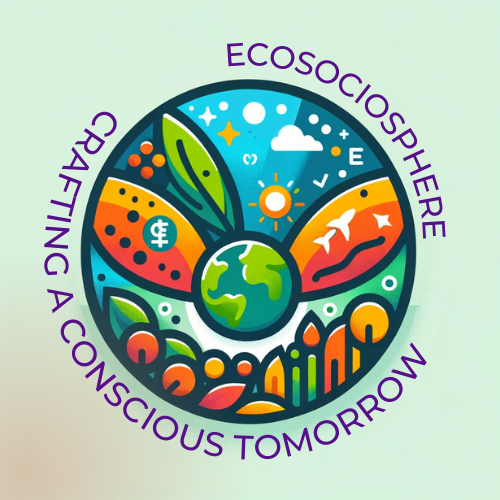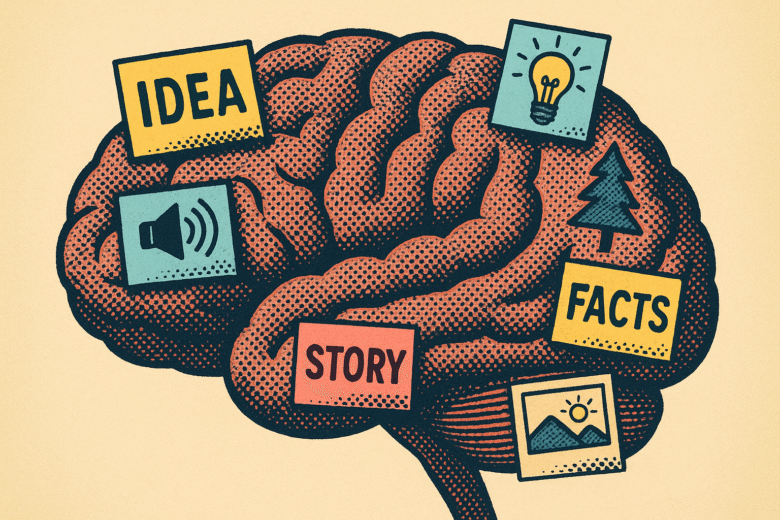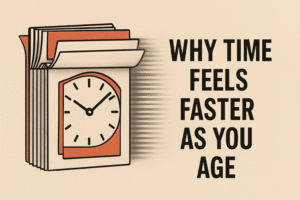Fun fact: Did you know that people are far more likely to remember a catchy jingle from a toothpaste ad than the periodic table they spent weeks memorizing in school? That’s the strange, sometimes frustrating reality of how our brains latch onto certain things while letting others slip away.
In this blog, “Why Some Ideas Stick and Others Fade: The Science of Memory Hooks”, we’ll dive into why some ideas become unforgettable cultural landmarks while others vanish into thin air. Think about it: why do we still say “Just Do It” decades after Nike (an American sportswear company that sells shoes, apparel, and equipment) launched it, but can barely recall the slogan of a campaign from last year’s elections? Memory isn’t just biology—it’s psychology, marketing, and even a little manipulation.
The Sticky Nature of Memory
At its core, memory is not about storage but survival. Our brains evolved to cling to information that felt emotionally charged, novel, or useful. A rustle in the bushes could mean danger—that’s worth remembering. But the fourth formula on page 72 of your chemistry textbook? Not so much.
Scientists call these attention-grabbing cues “memory hooks.” These hooks act like Velcro—attaching a piece of information to something already sticky in your brain, like an emotion, story, or sensory trigger.
Why Some Slogans and Stories Last Forever
Let’s play a quick game: “Washing powder Nirma!” Chances are, the melody and image popped right into your head. Why? Because jingles rely on repetition, rhyme, and rhythm—powerful memory hooks.
Meanwhile, most corporate mission statements are written like legal contracts, not stories. No surprise they fade into obscurity. Psychologists argue that stories act as the ultimate hook. They provide context, conflict, and resolution—three things your brain craves.
That’s why ancient myths are remembered across generations while yesterday’s PowerPoint presentation already feels fuzzy.
Emotion: The Strongest Glue
Think back to 9/11 or India’s 2011 Cricket World Cup win. You don’t just remember what happened—you remember where you were, what you were doing, maybe even what you were eating. Neuroscience explains this as emotional tagging. When adrenaline and dopamine flood the brain, they strengthen the synaptic connections that form memories.
So, if you want your idea to stick, make people feel something. Outrage, joy, laughter, even fear—it doesn’t matter. Flat, emotionless messages simply don’t stand a chance.
Simplicity and the Curse of Knowledge
Ever noticed how the simplest ideas—like “Save Water” or “Time is Money”—tend to linger? That’s because the brain loves shortcuts. Cognitive scientists call this “processing fluency”: the easier it is to process, the more likely it is to remember.
The problem is, experts often suffer from the curse of knowledge—they explain things in jargon nobody else understands. This is why most medical leaflets read like alien code, but one crisp health slogan (“Smoking Kills”) echoes loudly in memory.

The Viral Effect: When Ideas Breed
In the age of social media, ideas spread like viruses. But not every post goes viral. The ones that do usually have these elements:
- Surprise: An unexpected twist.
- Relatability: It feels personal.
- Shareability: Easy to repeat or copy.
Consider Zomato (an Indian food delivery company). Their quirky one-liners (“Out for delivery. Out for revenge.”) spread like wildfire because they’re simple, funny, and immediately screenshot-worthy. Compare that to a government circular—and you’ll see why one thrives and the other dies.
Why Some Ideas Fade
Let’s be blunt: most ideas fade because they’re boring. They lack novelty, emotional pull, or clarity. A slogan stuffed with buzzwords like “synergy” and “leverage” will never compete with something raw and direct.
Take advertisements for fairness creams. For years, they echoed the same tired message. Today, they feel outdated and irrelevant because the emotional hook (insecurity) is being challenged by cultural shifts. Ideas die when they lose their resonance with people’s lives.
Conclusion
So, why do some ideas stick and others fade? Because sticky ideas are like burrs—they grab onto your emotions, weave into your stories, and are simple enough to travel from one mouth to another. Fading ideas, on the other hand, are smooth pebbles—easily forgotten because they never catch on.
The real takeaway? To make your ideas memorable, keep them simple. Make them emotional, make them simple, and most importantly, make them human. After all, memory is less about data and more about meaning.
So the next time you want to be remembered—whether you’re pitching a project, teaching a lesson, or just posting online—ask yourself: what’s my hook?
Author’s Note
I’ve always been fascinated by why I remember random cricket scores from my childhood but struggle to recall what I ate for breakfast. Writing this reminded me that memory is not about what’s important in theory but what feels important in the moment. Maybe that’s why the most powerful ideas aren’t those shouted the loudest, but those whispered in the right way.
G.C., Ecosociosphere contributor.




